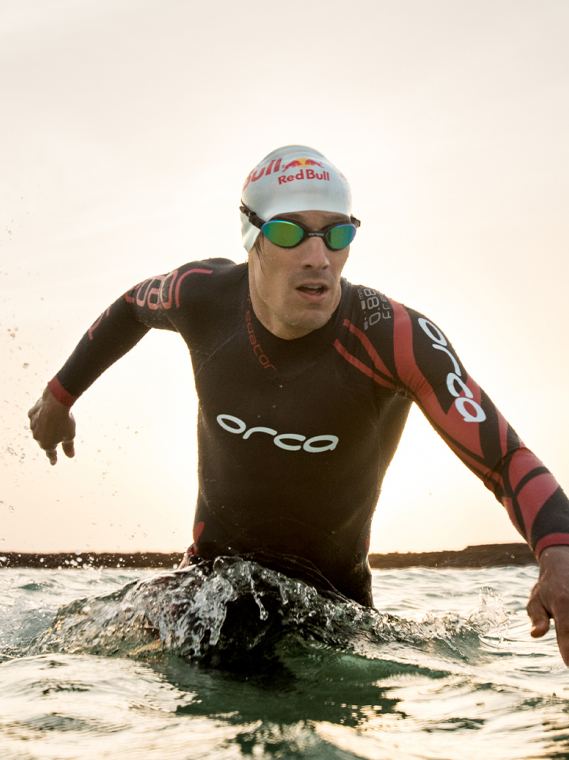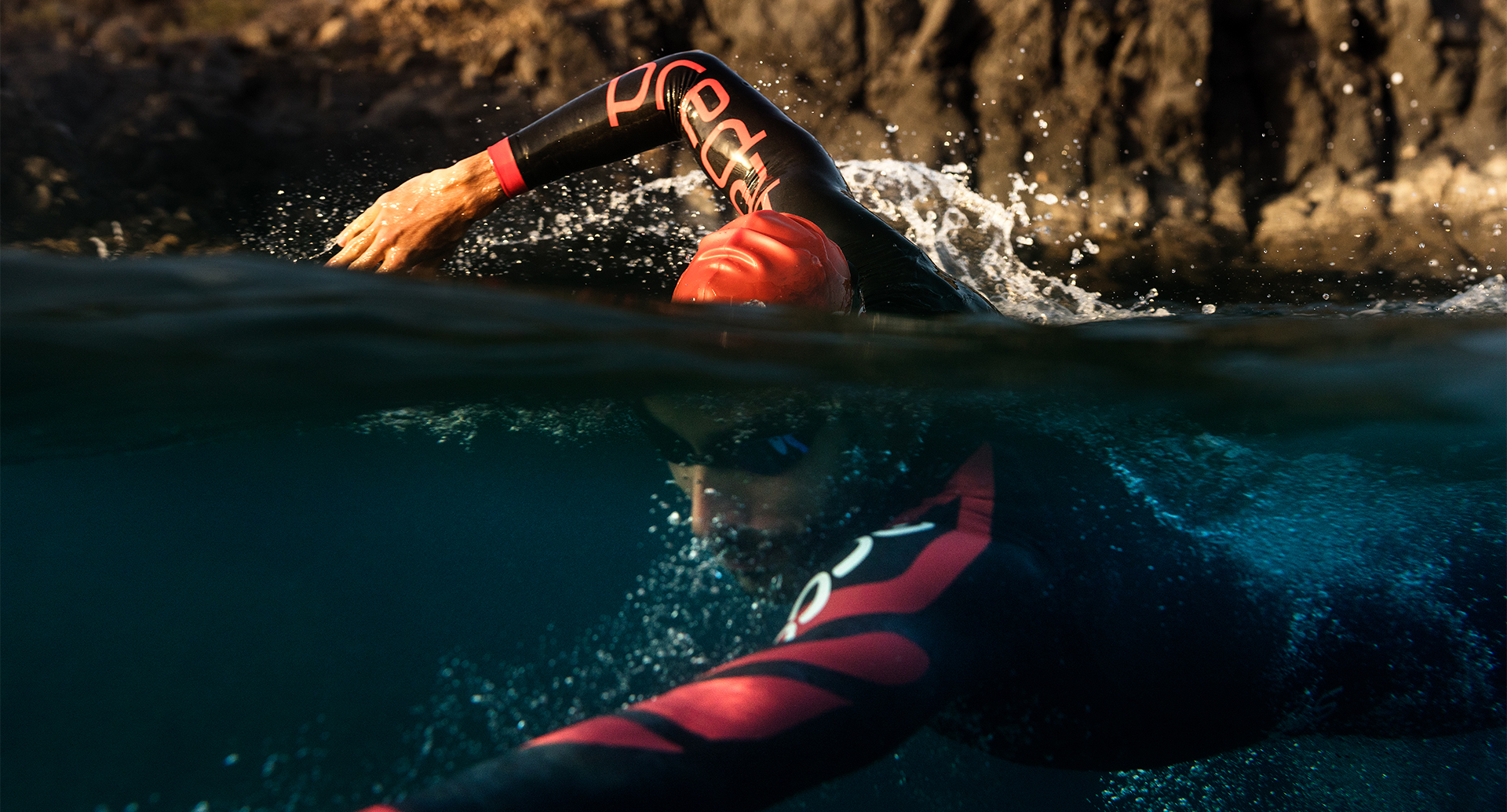
TIME TO SUIT UP (I)
Orca
March 1, 2017
When it comes to swimmers, one type does not fit all. When it comes to wetsuits, we have a type to fit all.
When it comes to swimmers, one type does not fit all. When it comes to wetsuits, we have a type to fit all.

THE THREE GENERAL TYPES OF SWIMMERS IN TRIATHLON
Based on these common errors in swim technique Orca has identified patterns that have been repeated by triathletes over the years. According to these behaviour patterns we have identified three types of triathlon swimmers.
The first type of swimmer, referred to as a natural swimmer, usually comes to the sport from swimming and shows no significant defects. Persistent quality training has resulted in a refined technique that is free from technical errors.
The second type, labelled the total swimmer, is skilful in swimming, but makes small mistakes. Often this is related to the lower trunk as the swimmer adapts to cycling and running.
The third type of swimmer, the progressive swimmer, needs the most help. They suffer from poor technique and are often unstable in the water because of poor body position.

In light of these differences and difficulties some triathletes face there is little doubt that quality training is required to improve times and efficiency in the water. Wetsuit choice is also extremely important and can help athletes with a less than perfect technique as they develop.
The wetsuit is a key factor in the performance of an athlete in the water and from years of experience Orca has developed several solutions to help triathletes on their journey. The different wetsuits available are designed to correct the shortcomings associated with each type of swimmer. This helps triathletes to maximise their strengths and minimise their weaknesses.
The wetsuit is a key factor in the performance of an athlete in the water and from years of experience Orca has developed several solutions to help triathletes on their journey. The different wetsuits available are designed to correct the shortcomings associated with each type of swimmer. This helps
triathletes to maximise their strengths and minimise their weaknesses.

Buoyancy and flexibility are two key areas that have been developed to help triathletes. Buoyancy contributes to maintaining an elevated horizontal position while swimming. This will help those with a poor body position or legs that tend to sink in the water. Conversely, for more efficient swimmers this may not be beneficial because the added buoyancy could lead to kicking out of the water ultimately reducing the effectiveness of the kick.
Flexibility is designed to help with efficient free movement of the shoulders, arms and core. While it will help some swimmers it can also be detrimental to those who need help to correct their posture. The combination of both flexibility and buoyancy in the Total Solution range is not random. It is specifically
adapted to the shape and needs of the bodies of these types of swimmers.
In addition to looking into and helping with these characteristics in its wetsuit line, Orca has developed innovative technologies that can help triathletes reach their goals. Orca’s technologies include CLS (Core Lateral Stabilizer) that provides core rigidity and prevents twisting and snaking in the water.
Furthermore, SCS (Super Composite Skin) technology is applied as a coating on Orca wetsuits to reduce friction. This makes it possible to reduce the friction coefficient of 4.00 for a normal wetsuit to 0.026 for an Orca wetsuit. This coating is intended to provide a fast and efficient sliding movement through the water, boosting speed and reducing energy consumption during competition.
The inner Infinity Skin lining provides swimmers with maximum elasticity for ease of movement and helps to reduce fatigue. Orca wetsuits that need extra buoyancy incorporate Aerodome technology. This consists of lots of tiny air pockets incorporated into the neoprene. These are strategically positioned around the heaviest areas of the body to provide 30 per cent more lift in the water.
"ONE SWIMMER, ONE WETSUIT"
